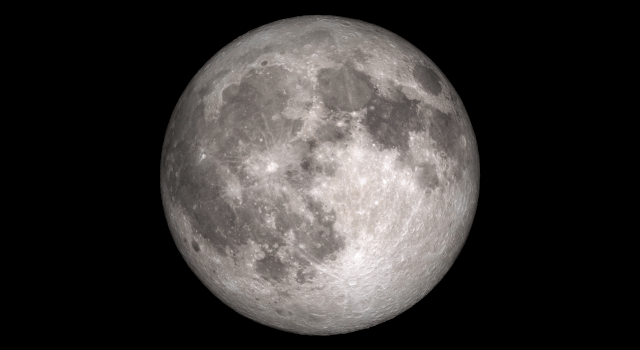What's Up
Total Lunar Eclipse
When:
Tuesday, November 8, totality begins at 2:16 a.m. PST (5:16 a.m. EST)Where:
See overview for notes on visibilityTarget Audience:
General audienceOverview:
Watch one of the sky’s most dazzling shows on Tuesday, Nov. 8, when the Sun, Earth, and Moon align creating a total lunar eclipse. Weather permitting, the lunar eclipse will be visible in North and South America, as well as Asia and Australia. Remember, unlike a solar eclipse, you do NOT need special glasses to view a lunar eclipse.
Timeline
- 12:02 a.m. PST (3:02 a.m. EST) - The edge of the Moon will begin entering the penumbra. You'll likely only notice dim shading (if anything at all).
- 1:09 a.m. PST (4:09 a.m. EST) - The edge of the Moon will begin entering the umbra and significant darkening will be noticeable.
- 2:16 a.m. PST (5:16 a.m. EST) - The Moon will be completely inside the umbra, marking the beginning of the total lunar eclipse, also known as totality.
- 2:59 a.m. PST (5:59 a.m. EST) – The Moon will be halfway through its path across the umbra, marking the moment of greatest eclipse, when the moon turns reddish-orange.
- 3:41 a.m. PST (6:41 a.m. EST) - The edge of the Moon will begin exiting the umbra and moving into the opposite side of the penumbra. At this point, the Moon will have just set in the most northeastern portions of the continental United States. More and more eastern states will see the Moon set over the next hour as the eclipse progresses.
- 4:49 a.m. PST - The Moon will be completely outside of the umbra and no longer visible in the eastern United States. Those in the central United States will see the Moon begin setting around this time (6:49 a.m. CST). The Moon will continue exiting the penumbra until the eclipse officially ends at 5:56 a.m. PST, remaining visible only to viewers in the western United States, including many in the Mountain Time Zone one hour ahead.
Visibility not so great? Check out the live simulation below:
This interactive shows a real-time simulated view of the Moon from space. Use your mouse and the controls at the bottom of the screen to move around and explore more of the Moon and the solar system.
Visit the Teachable Moments article at the link below to learn more about each phase of the eclipse, what to expect, what causes eclipses, and the role they play in space exploration.
Explore More
Educator Guides & Resources
-

Observing the Moon
Students identify the Moon’s location in the sky and record their observations over the course of the moon-phase cycle in a journal.
Grades K-6
Time 30 mins - 1 hr
-
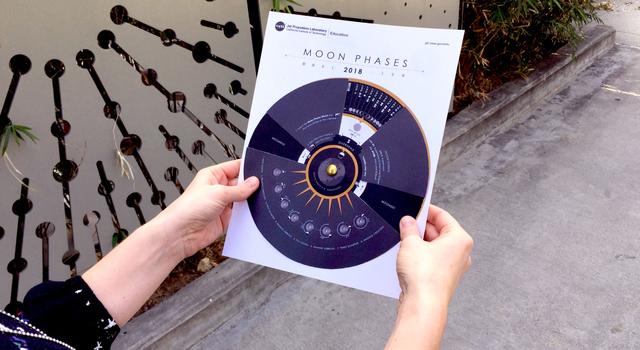
Make a Moon Phases Calendar and Calculator
In this lesson, students use their knowledge of moon phases to build a calendar they can use to find out when and where to see each phase of the Moon throughout the year.
Grades K-12
Time 30 mins - 1 hr
-
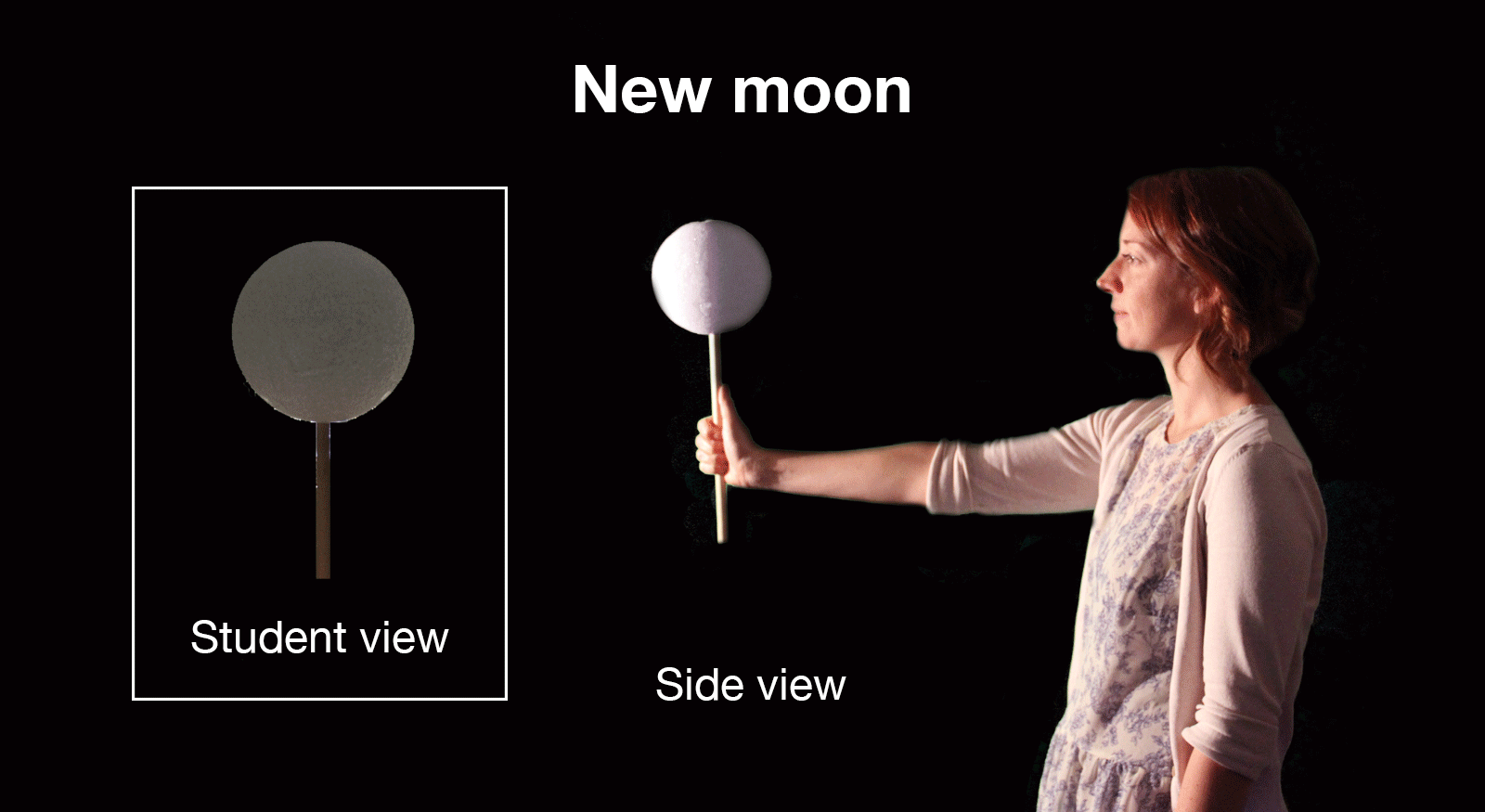
Moon Phases
Students learn about the phases of the moon by acting them out.
Grades 1-6
Time 30 mins - 1 hr
-
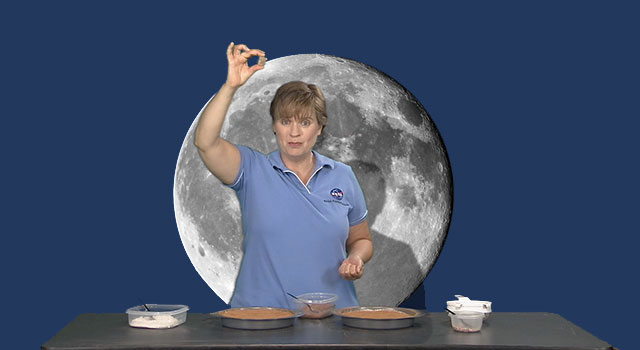
Whip Up a Moon-Like Crater
Whip up a moon-like crater with baking ingredients as a demonstration for students.
Grades 1-6
Time 30 mins - 1 hr
-
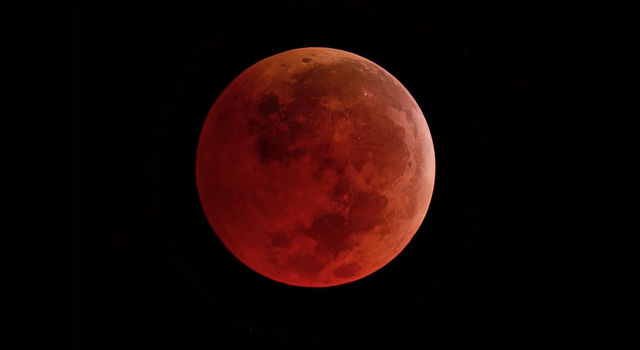
Evaluating a Lunar Eclipse
Students use the Danjon Scale of Lunar Eclipse Brightness to illustrate the range of colors and brightness the Moon can take on during a total lunar eclipse.
Grades 3-12
Time 30 mins - 1 hr
-
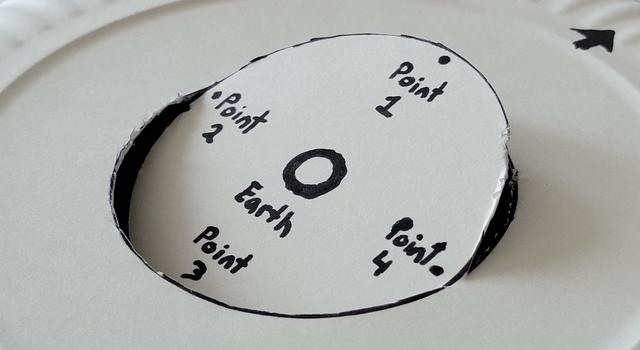
When Do Lunar Eclipses Happen?
Students use a paper plate to make a model that explains why lunar eclipses don’t occur during every full moon.
Grades 4-8
Time Less than 30 mins
-
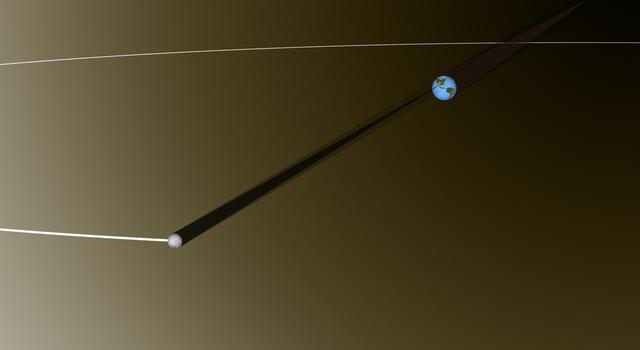
Modeling the Earth-Moon System
Students learn about scale models and distance by creating a classroom-size Earth-Moon system.
Grades 6-8
Time 30 mins - 1 hr
-

All Moon Lessons for Educators
Teach students all about the Moon with these standards-aligned STEM lessons for educators.
Grades K-12
Time Varies
Student Activities
-

Make a Moon Phases Calendar and Calculator
Like a decoder wheel for the Moon, this calendar will show you where and when to see the Moon and every moon phase throughout the year!
-

Look at the Moon! Journaling Project
Draw what you see in a Moon Journal and see if you can predict the moon phase that comes next.
-

Make a Moon Crater
Make craters like the ones you can see on the Moon using simple baking ingredients!
-

When Do Lunar Eclipses Happen?
Use a paper plate to make a model that explains why lunar eclipses don’t happen as often as you might expect.
-
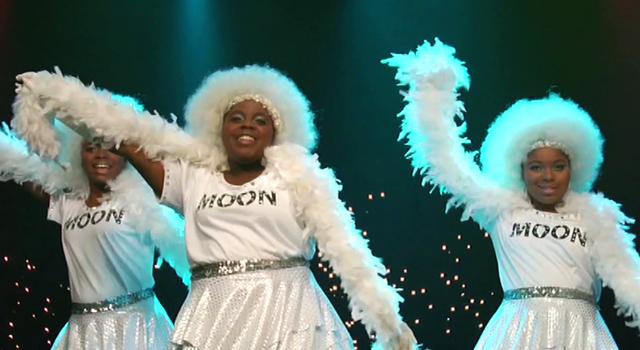
All Moon Activities for Students
Make a moon phases calendar, moon crater, lunar rover and more with these activities all about Earth's moon.
Subjects Varies
Type Varies
Explore More:
- Article for Kids: All About the Moon
- Website: NASA Moon
- Website: NASA Artemis Mission
- Interactive: NASA's Eyes on the Solar System – Earth's Moon
Events are based on visibility in the Northern Hemisphere. Dates and clock times are for the Eastern time zone unless otherwise noted.




